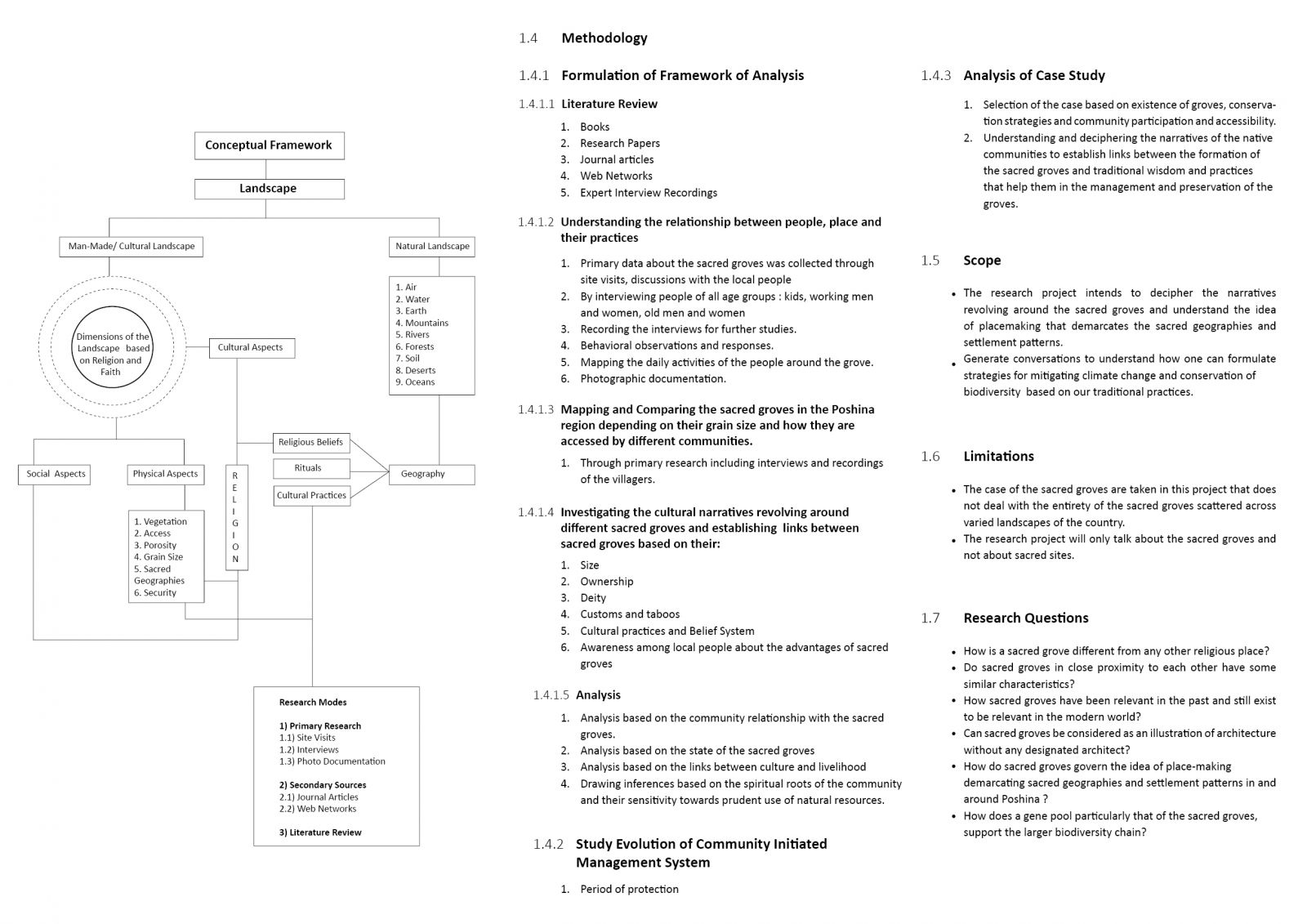Your browser is out-of-date!
For a richer surfing experience on our website, please update your browser. Update my browser now!
For a richer surfing experience on our website, please update your browser. Update my browser now!
Landscape is not only segregated by invisible lines into habitable spaces, farmlands, forests, streams and rivers but it can also be viewed as structured by the history of the place, culture and traditional beliefs of the people inhabiting the place (Hersch, Eric Ed. 1995). Thus it becomes important to understand that there exists landscapes that we as individuals initially see and observe and then there also exists an additional layer of landscape that is produced due to the local practices of the people of the place. Thus one can say that though culture and the settlement patterns are considerably autonomous entities but they are the essential components of landscape. The myths and several anecdotes revolving around these landscapes often recount how ancestors of a place were responsible for naming particular sets of species and ecosystems, how they thought of these species and systems in their day to day lives and how they hinted at them for their protection and use.








